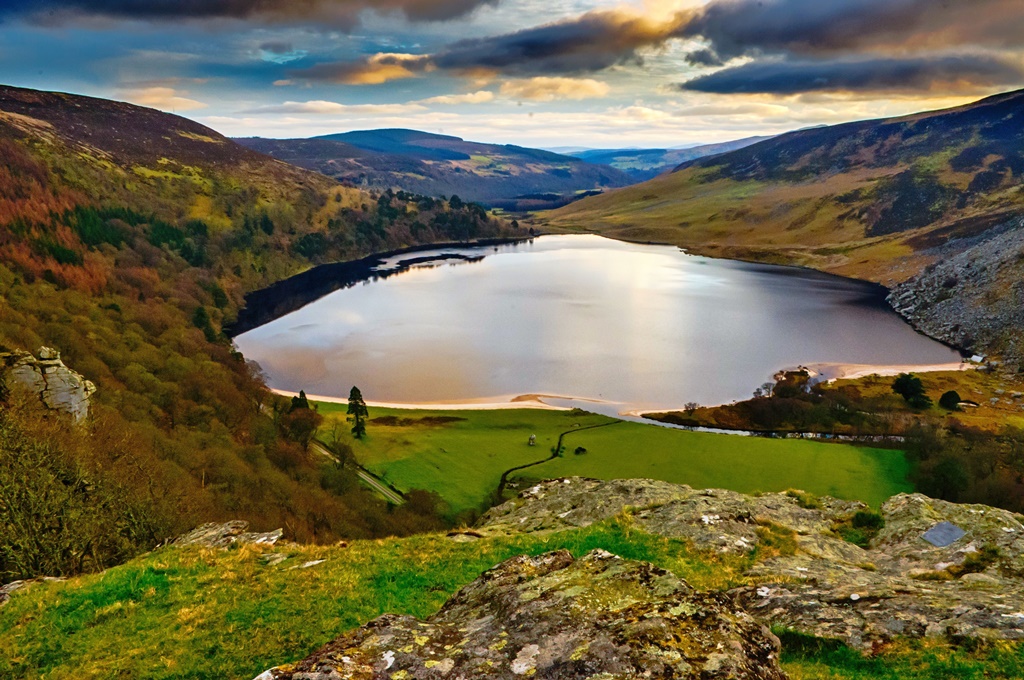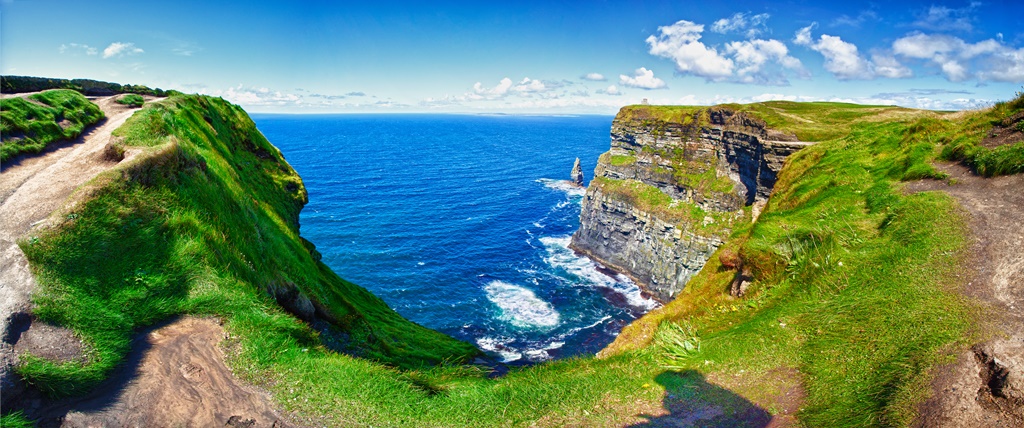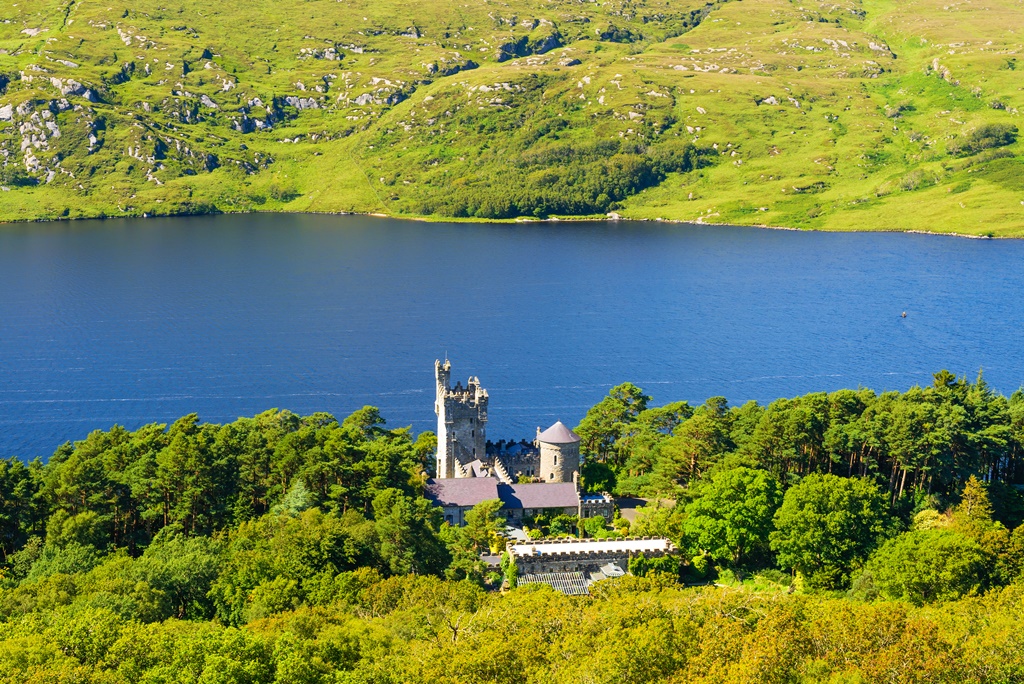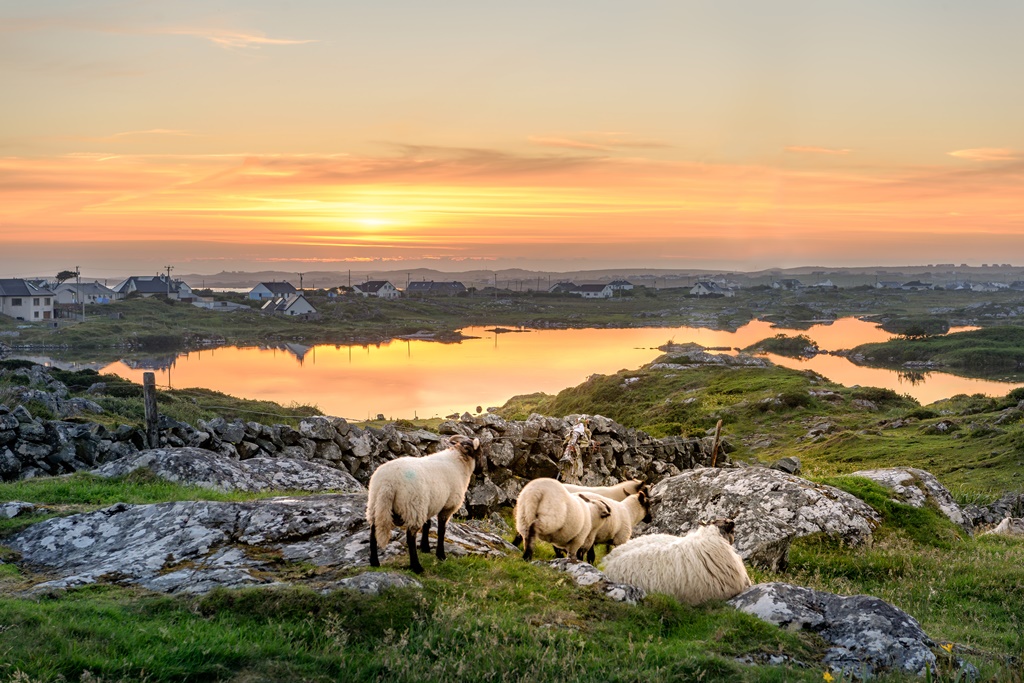National Parks in Ireland
Ireland is an enchanting country of wonderful, unique nature. It is a land of deep grey-blue sea, white cliffs and green land. It is no surprise that such an environment served as an inspiration for many magnificent stories. But enchanting turns into marvellous in 6 Irish national parks.
Unique blanket bogs, green mountains and hills, beautiful blue lakes and a pinch of medieval charm in the air make all six of them a destination well worth visiting. Five national parks are in the country’s west, while the sixth is in the east and just an hour away from Dublin by car. The parks, as well as the interest in visiting Ireland, have been attracting more tourists in the past few years. The weather in Ireland is rarely ideal and the parks might be coated by dim light breaking through the clouds, but experiencing them in the rain and grey undoubtedly adds magic to the experience.
We bring you the list of national parks in Ireland with all the necessary information.
Wicklow Mountains National Park
Extending over beautiful Wicklow mountains, this national park is a gem that offers a great opportunity for soaking up the breathtaking views, educational tours and recreational activities. Situated south of Dublin, this national park is well-loved by locals and tourists alike. The park is filled with walking trails of differing duration and difficulty, ideal for those who wish to slowly walk through the valleys as well as for those yearning for a long, adventurous walk. Streams and mountain lakes are not a rare occurrence, and perhaps the most famous one is in the Glendalough valley. The park has two entrances, and entering the park itself is free of charge. However, if you visit by car keep in mind that parking fares apply.
If planning to visit Wicklow Mountains National park, check out our detailed guide.
Killarney National Park
The oldest national park in Ireland is a destination of over a million tourists annually. It is a part of The Ring of Kerry worth visiting for a full day alone. It is where the lakes softly lie at the foot of tall mountains, forming unforgettable scenery throughout seasons. On its grounds is situated a famous estate and a great tourist attraction, the Muckross and Killarney houses and gardens. There is no admission fee for entering the Killarney National Park, but some locations require purchased tickets to enter.
Muckross House and Gardens are the most visited tourist attraction, a monument of Irish history. In 1932, the area was declared as the first national park in Ireland once it became state-owned. Single price tickets for the house cost around 7 € for adults, 5 € for children over the age of 6. Joint tickets cost about 12 € for adults and 8 € for children. If visiting in a larger number, group discounts are available.
The Killarney House was once a 17th-century building in the style of French chateaux but was unfortunately devoured by fire. The house has been carefully restored and is now open for tours of the building and gardens.
NOTE: Due to the COVID-19 pandemic working hours and prices may vary.
The park also has six walking trails of varying duration and difficulty. If you are not the type to walk, bike hire and boat excursions are also available in the park.
The park is also rich with flora and fauna and is home to the only red deer herd populating mainland Ireland. Its primary purpose is the conservation of wildlife, which is why a strict code of conduct applies in the area.
Burren National Park
The name of this park situated in the southeast of the Burren region comes from the Irish word Boíreann which means ‘a rocky place’. It is the smallest national park in Ireland. The park is free to enter, but the visitors must obey the rules: leave no trace behind and not get off the walking trails. The landscape in this national park is very unique – the vast limestone ground is often compared to the Moon’s surface. The area is ideal for walking, hiking and photography enthusiasts.
There are seven marked trails in the park ranging from moderate to very difficult. iPhone and iPad users may be happy to learn that the park had a free walking trail app developed and available on the App Store and iTunes. Although the park doesn’t offer many activities – this area is scarce of lakes and rivers – it is rich with history. Evidence of human inhabitance in the area date back to the Neolithic period, and the Poulnabrone portal tomb is the most famous example. Burren National Park is close to Cliffs of Moher, another famous tourist site. Just 40 minutes away by car, the two make a great destination for a day trip.
Glenveagh National Park
The largest national park in Ireland welcomes around 212 000 visitors every year. Nestled in the heart of the park is the Glenveagh castle. The 19th-century mansion, a work of human hands, equally blends with and stands out from the surrounding wild, remote nature. It is the embodiment of Romantic ideals alive during the period and a well-preserved monument of history. Now a state-owned estate, the castle and its gardens were for many years private properties. Although admission to the park is free, visitors who wish to walk through the halls of the castle must purchase a ticket. Adult tickets cost around 7 € and children below the age of sic can enter the castle for free. Family tickets are available as well for a price of around 15 €. The gardens, however, are open year-round and free of charge.
The nature surrounding the castle is worth exploring, too. The park boasts itself with numerous walking trails of varying difficulty. Bike routes and bark hire are also available in the park, and a great option for those who wish to explore the park, but not walk too much.
Connemara National Park
Connemara National Park is a perfect blend of ideal relaxation spots and adventurous destinations for hikers and those thirsting for adventure. Just an hour away from Galway City, this free-to-enter national park offers a magnificent experience and is a must-visit if you find yourself in the Galway region.
Undoubtedly the most famous walking trails are those on Diamond Hill. Conquering its peak is a challenge that pays off well, as the entire trail and especially the view from the top is stunning. If you prefer lighter, shorter walks, there are other trails on the hill suitable for your wishes.
Once you come back, you can sit and relax in one of the picnic areas or sit in a Tea/Cafe room and enjoy your drink. Families with children will be glad to learn that the park houses a wooden children’s playground just next to the picnic tables.
While at Connemara National Park it would be a shame not to see the famous Connemara ponies. A herd of pure-bred ponies resides in the park. Do make sure to respect the animals when you see them and not disturb them.
Wild Nephin Ballcroy National Park
The youngest Irish national park is an ideal location for hiking, walking and soaking up the beauty of nature. Entrance admission to the park is free, but all visitors – either camping or walking – must register upon arrival through the park’s online registration system. The area is in danger of wildfires, especially in summer. That, however, should not discourage you from visiting this wonderful park. The walking and hiking trails within the park vary in length – from 2 km up to 40 km – and necessary fitness level, but each offers a view into different corners of the park. It is also important to be well-prepared
The visitor centre houses an interesting exhibition, and next to it is another looped trail named after a mythical giant Daithí Bán.
Even though visiting this park is perhaps physically more demanding than the others on this list, it would be a shame to miss it if you find yourself in the area. Just make sure that you take all the necessary safety precautions.











